Jewelry and diamonds have an irresistible allure for women of all ages. If you’re looking to captivate their hearts, gifting them with these exquisite accessories is a surefire idea.
One of the most enchanting aspects of diamonds is the way they beautifully capture and reflect light. While we often discuss a diamond’s brilliance during the selection process, its captivating sparkle is composed of more than just brilliance alone. Another important element at play is fire.
But what exactly does fire mean in relation to a diamond? Is the diamond actually aflame? Certainly not! Fire refers to the mesmerizing array of colors that dance within the stone.
Imagine a radiant rainbow created by sunlight after a refreshing rain or the vibrant spray from your garden sprinklers. That’s the essence of fire in a diamond—a captivating display of colors.
Fire represents a kaleidoscope of hues that reside within your diamond, constantly breathing life into its presence. Continue reading to delve deeper into the eternal fire that resides within diamonds.
DESIGN YOUR OWN ENGAGEMENT RING: START WITH A SETTING OR START WITH A DIAMOND. IT’S REALLY UP TO YOU!
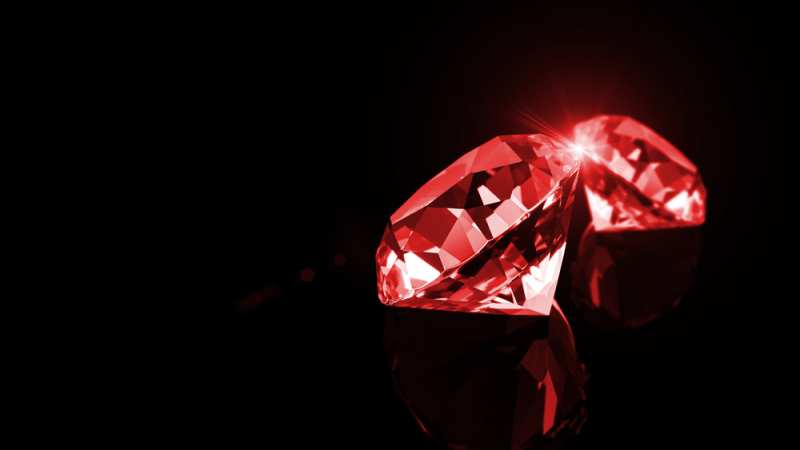
Beauty That Comes To Light
To reveal the fire within a diamond, it requires the presence of light. Unlike gemstones like sapphire or garnet, diamonds are highly transparent, allowing light to effortlessly pass through them. This transparency is what enables a diamond’s fire to shine through.
When light interacts with a diamond, three distinct characteristics become apparent: brilliance, fire, and sparkle. But what sets them apart?
Brilliance refers to the diamond’s ability to reflect and return light from any angle, creating the illusion that the light originates from within the stone itself.
Sparkle, on the other hand, encompasses the mesmerizing flashes of light that occur when a diamond moves or is exposed to a light source. These sparkles breathe life and enchantment into diamonds, enhancing their beauty.
Fire, specifically, refers to the dispersion of colors that emerge within a diamond when light enters it. As the light travels through the diamond, bouncing off its interior walls, it eventually escapes through the top of the stone. Due to the slight bending of light caused by the diamond’s cut, a spectrum of colors becomes visible as the light exits the diamond’s top. The quality of the cut directly influences the amount of fire that is seen, with better-cut diamonds showcasing a greater display of fire.
In essence, the interplay between light and a diamond’s unique properties gives rise to its brilliance, sparkle, and captivating fire.
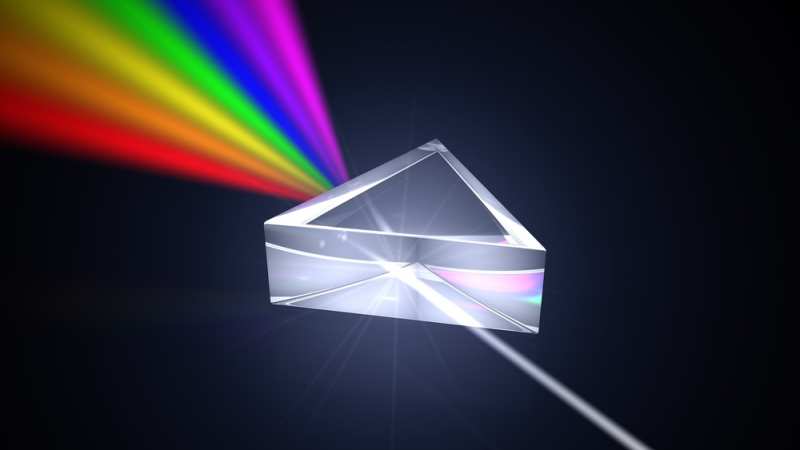
The Fundamentals Of Light
To gain a deeper understanding of a diamond’s fire and how it is generated, let’s delve into the fundamentals of light.
Light is a form of electromagnetic energy that travels in waves, and visible light consists of various wavelengths, each corresponding to a different color.
When light passes through a transparent medium like water, glass, or a diamond, it undergoes significant slowing down. The extent of this slowdown determines the medium’s ability to refract light, with greater slowing resulting in stronger refraction.
As light slows down, it bends or refracts. When the light is released back into the atmosphere, it accelerates once again. However, different wavelengths bend at different speeds, causing them to separate or disperse.
This dispersion of light leads to the perception of distinct colors, similar to a rainbow refracted by a prism, and the phenomenon of fire in a diamond.
The Significance of Fire
The concept of fire in a diamond can be likened to the awe-inspiring sight of a rainbow following a rainstorm. Its beauty is captivating, yet fleeting, making it all the more remarkable.
Fire in a diamond refers to light that, like the colors of a rainbow, has been “unbundled” and separated into its constituent colors through the prismatic effect.
Just as the vapor in the atmosphere acts as a prism for a rainbow, a well-cut diamond acts as a prism too. As light enters and exits the facets of a faceted diamond, it slows down and speeds up, respectively.
The alignment of a diamond’s facets plays a crucial role in determining the likelihood of fire occurrences within the stone.
Additionally, it is important to note that diamonds possess an exceptionally high refractive index. The higher the potential for dispersion, the greater the refractive index of the diamond.
However, while diamonds have the potential for remarkable fire, it is the quality of the cut that ultimately determines whether this potential is fully realized.
The Role of Lighting
The presence of appropriate lighting conditions is also essential for observing the fire in a diamond. In certain lighting environments, a well-cut diamond may not exhibit fire, much like how a rain shower without a rainbow fails to generate the vibrant colors.
Single, small-angular-size light sources have a higher probability of producing this captivating fire compared to larger, diffused light sources. For example, a diamond may exhibit brilliant fire when exposed to direct sunlight outdoors.
However, if there is cloud cover, the intensity of the fire will be diminished. While such conditions may be ideal for evaluating a gem’s brightness and contrast patterns, they tend to suppress the fire within.
On the other hand, indoor illumination with numerous small angled lights can create an environment that is more conducive to showcasing the diamond’s fire, enhancing our ability to perceive its brilliance.
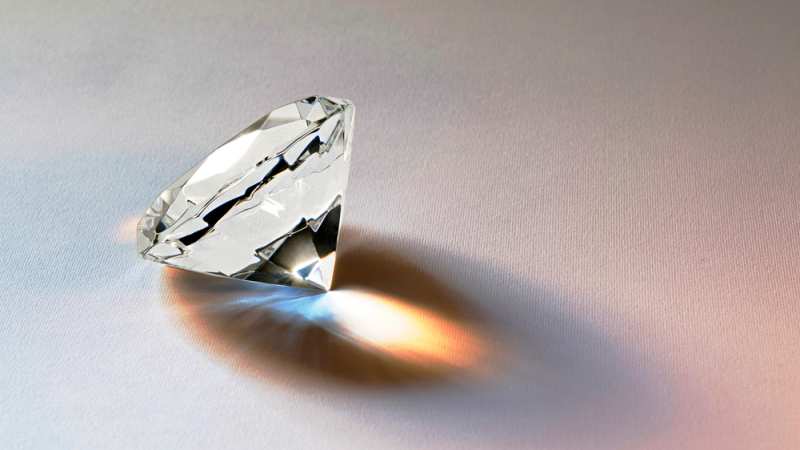
The Importance Of Virtual Facets
The primary contributors to a diamond’s light performance are its “virtual facets.” You might be curious about what exactly facets are.
Facets refer to the sides of a diamond that reflect light and are visible to the eye.
Since a single facet can reflect light from multiple sources and angles, the number of virtual facets is significantly higher than the number of physical facets.
More virtual facets result in increased sparkle and scintillation. Therefore, the facet design must incorporate prominent virtual facets to enhance the diamond’s overall appearance.
Diamond Proportions
The amount and distribution of light dispersion, which the diamond reflects back to the viewer, can be determined through ray tracing.
In this regard, the basic proportions of the diamond should fall within a specific range to establish a foundation for achieving notable fire. These proportions typically resemble the following:
- Depth: 59% – 63%
- Table: 52% – 62%
- Crown Angle: 31.5% – 36.5%
- Pavilion Angle: 40% – 42%
- Girdle: Thin – Slightly Thick
- Culet: None – Very Small
A perfectly cut diamond is proportioned in a way that allows the majority of the entering light to be returned to the viewer’s eye.
How to Obtain a Diamond with Significant Fire?
To maximize the fire in a diamond, select a stone with exceptional symmetry. Symmetry plays a crucial role in how the diamond reflects and refracts light, thereby emphasizing the importance of these critical virtual facets.
A gemologist can provide valuable assistance in this regard. In general, your best choice would be a diamond with a “Triple Excellent” (Triple-X) grading. This designation signifies a diamond with excellent cut, symmetry, and polish.
This is one of the certification grades provided by the Gemological Institute of America (GIA), which any reputable diamond vendor should thoroughly discuss with you before making a purchase.
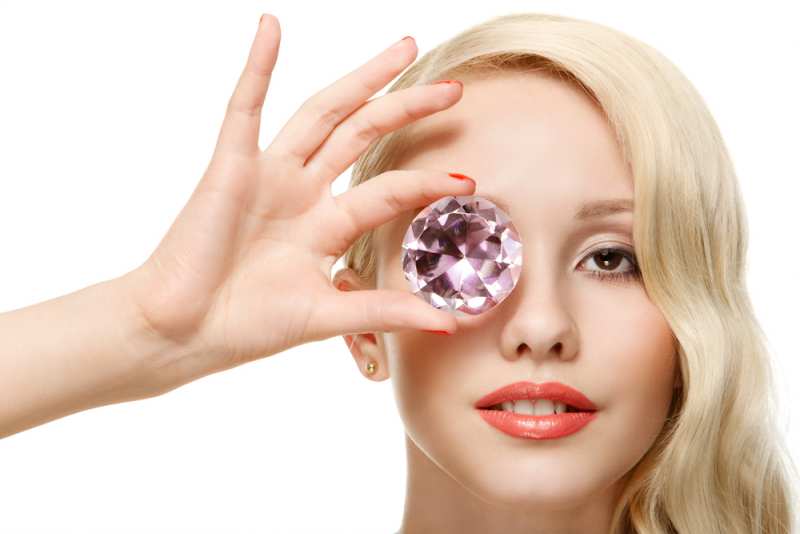
The Viewer’s Role
The presence of vibrant fire in a gem is influenced by several factors, including the viewing distance from the diamond.
As the spectral colors disperse within the observer’s pupil and a specific color is perceived, it also depends on the size of the observer’s pupil.
When light beams scatter and exit the diamond, the various wavelengths follow separate paths, causing them to further spread out as the distance increases. This amplifies the likelihood of capturing the full spectrum of colors.
This is why, even in a dimly lit restaurant, you might still notice the fiery brilliance of a diamond on someone’s hand from a couple of tables away.
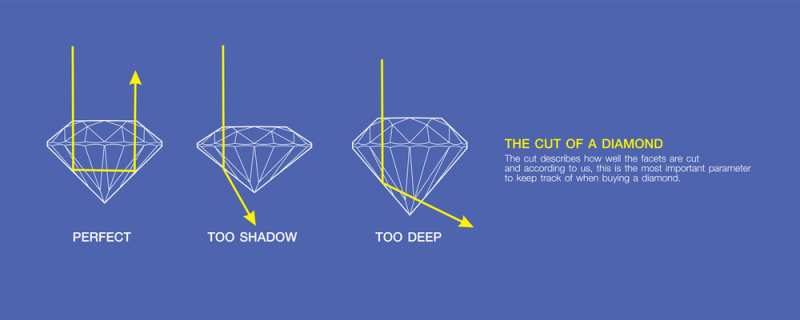
How Does Diamond Cut Influence Fire?
The phenomenon of diamond fire, also known as “dispersion,” occurs when light passes through a diamond and breaks down into multiple hues. This is why the cut of a diamond plays a crucial role in determining its level of fire.
When a diamond is cut with perfect proportions, it effectively bends and reflects light to maximize its fire and brightness. Conversely, if a diamond deviates from the optimal cut proportions, it will appear less fiery and bright.
If a diamond is cut too shallow or too deep, light will escape from the bottom of the stone instead of returning to the viewer’s sight, resulting in a dull and lifeless appearance.
To ensure a diamond with impressive fire and brightness, opt for cuts graded Excellent, Very Good, or Good, rather than Fair or Poor.
The round brilliant cut diamonds exhibit the highest level of fire. This cut, invented in 1919 by a PhD-educated engineer using mathematical calculations, features 58 facets, both physical and virtual, which contribute to its exceptional fire.
Fire testing in a laboratory can be conducted using the light performance grade system established by AGS Laboratories. The ideal grade (0) indicates minimal deficiencies and the potential to generate fire. Fire maps and ASET lightmaps can be produced to assess light return, leakage, and contrast.
Diamond clarity also influences fire. Low clarity diamonds with numerous flaws hinder the passage of light, diminishing their brightness, scintillation, and fire.
While diamond fire primarily assesses the cut quality, it can also indicate clarity.
Distinction can be made between diamond fire and diamond brilliance. Fire refers to the dispersion of white light into all the colors of the rainbow, while brilliance refers to undispersed white light emanating from the diamond.
The combination of brilliance and fire is referred to as sparkle or scintillation. Sparkle becomes immediately apparent when the diamond moves, as the radiance reflects off the diamond’s facets, bringing the stone to life. Simply pick up a diamond and observe the bright flashes of light that occur.
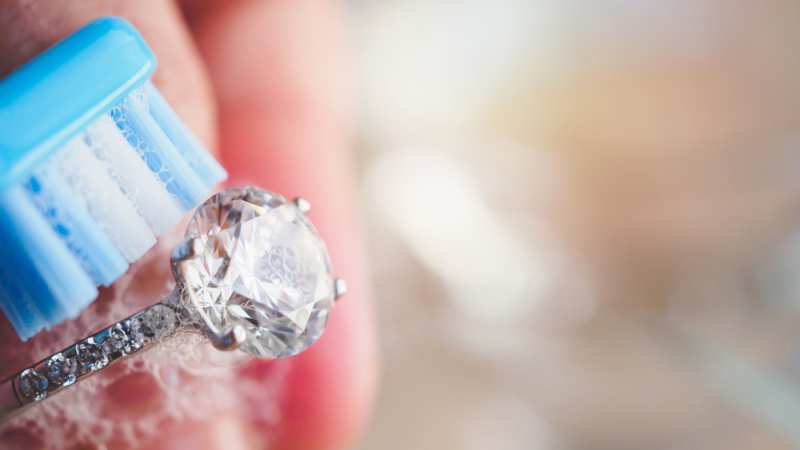
How To Keep Diamond Fire
Regular cleaning is essential to maintain the shine and fire of your diamond, even if it appears clean. Neglecting the cleaning process can result in a dull appearance and reduced fire as dirt and imperfections accumulate on the stone’s surface, hindering light entry and reflection.
To ensure your diamond retains its fire, it’s important to take preventive measures to protect it from external damage and contamination. Additionally, regular and proper cleaning is necessary. Follow these step-by-step instructions to clean your diamond safely and effectively:
- If you choose to clean your diamond over a sink, ensure there is a stopper in place to prevent accidental loss down the drain.
- Select a safe cleaning solution. Jewelry stores offer professional diamond cleaning treatments, but you can also use a mild liquid soap. Make sure the cleaning solution is gentle and appropriate for use on valuable stones. If your diamond is set in jewelry, ensure the cleaning solution is suitable for the entire piece, not just the gem.
- Immerse the diamond in the cleaning solution for a few minutes, allowing it to loosen any dirt or debris.
- Use a soft toothbrush to gently scrub the diamond, removing any remaining dirt. Be cautious not to apply excessive pressure or scrub too vigorously.
- Rinse the diamond thoroughly with water to wash away the cleaning solution.
- Dry the diamond carefully using a soft towel, ensuring no moisture or residue remains.
If you feel uncertain about cleaning your diamond yourself, jewelry stores often offer jewelry cleaning surfaces that provide a safe and convenient option for cleaning at a reasonable cost.
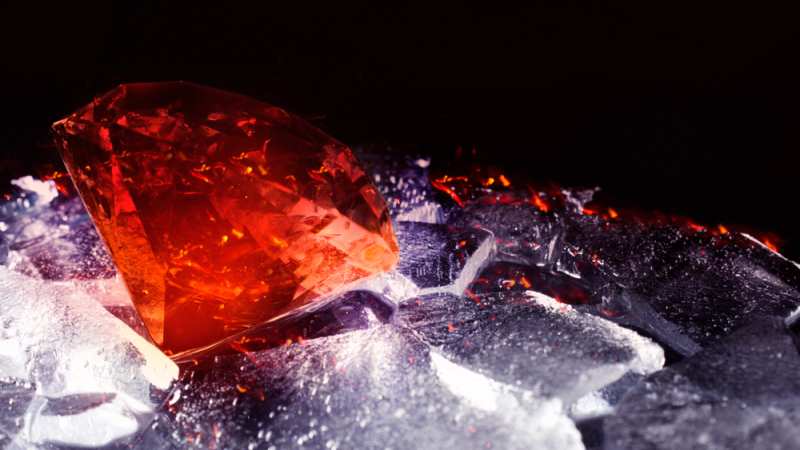
Conclusion
The qualities of a diamond are what draw people’s attention and make it stand out. Its sparkle, fire, and brilliance define its essence and uniqueness.
The fire in a diamond holds significant importance. While it may be more challenging to achieve, when it is present, it adds a mesmerizing and enchanting element to the gem’s beauty. It is highly sought after and considered one of the most desirable attributes in a diamond. The fire gives our gems a vibrant life and a distinct character.
To ensure that your diamond remains radiant and vibrant, it’s essential to clean it regularly and eliminate any accumulated dust or dirt. By doing so, you can keep your diamond dazzling and preserve its lively presence.


